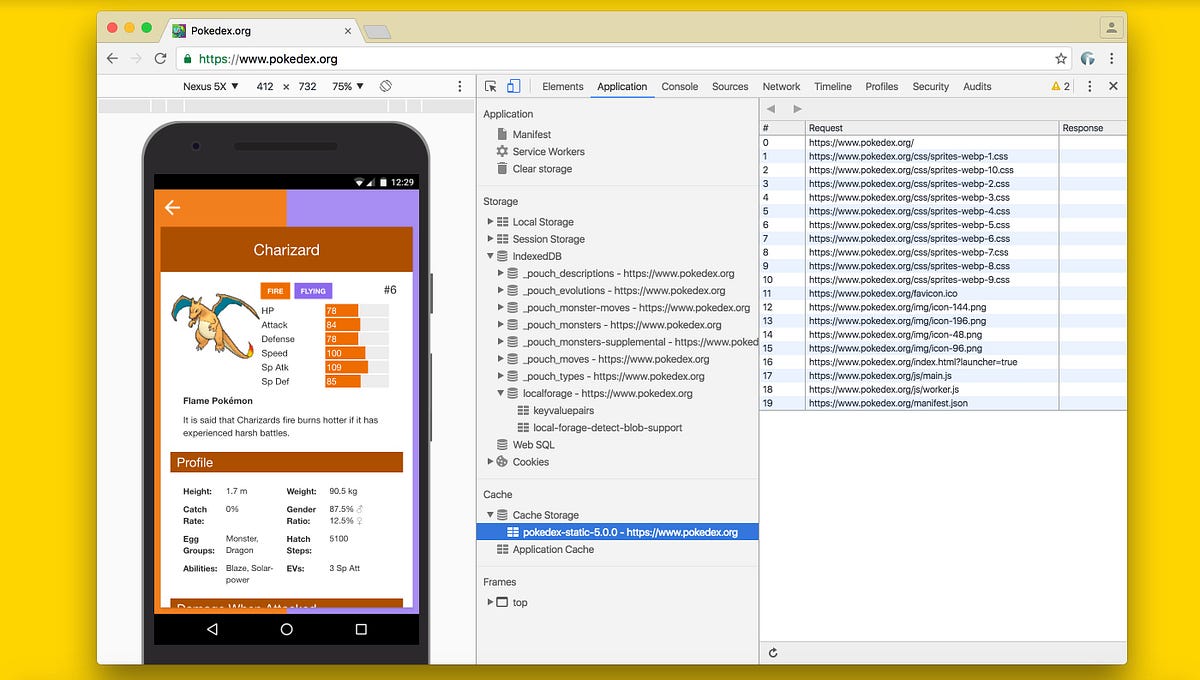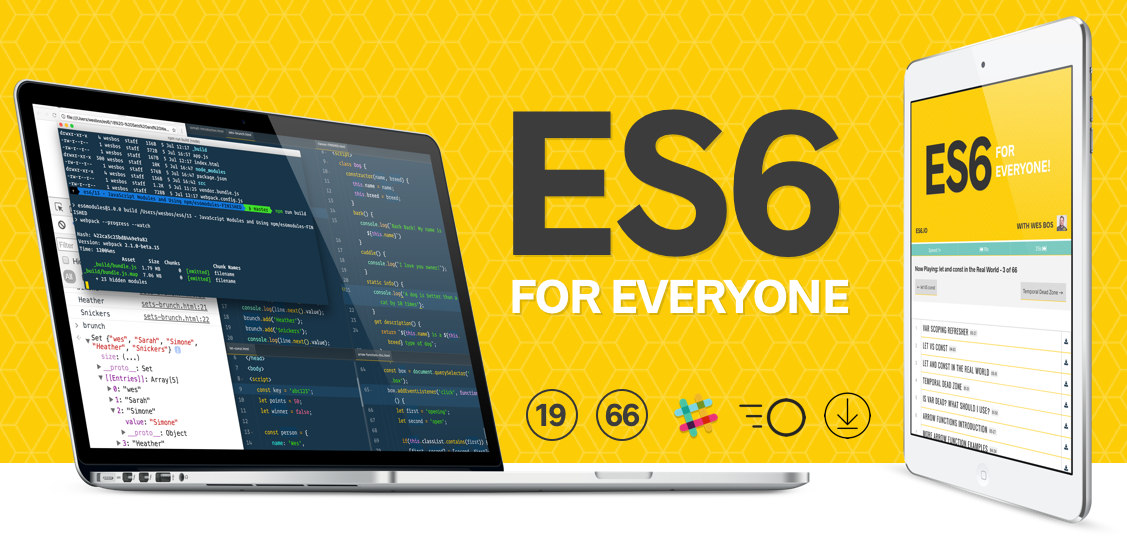Join us for NodeConf Argentina! Our first edition will be held at Ciudad Cultural Konex, in November 18-19, 2016. This will be the first international Node.js conference held in Buenos Aires, Argentina. |  |
|
About a year ago I was refactoring a large JavaScript codebase into smaller modules, when I discovered a depressing fact about Browserify and Webpack: The more I modularize my code, the bigger it gets.  |
|
Many modern web applications use JSON Web Tokens (JWT), rather than the traditional session-based authentication. Quite a few challenges have been found with using server-side sessions in modern-day applications. In this post, we’ll identify those challenges and explain how JWTs and sessions work in practice. |  |
|
Shadow DOM removes the brittleness of building web apps. The brittleness comes from the global nature of HTML, CSS, and JS. Over the years we’ve invented an exorbitant number of tools to circumvent the issues. For example, when you use a new HTML id/class, there’s no telling if it will conflict with an existing name used by the page. Subtle bugs creep up, CSS specificity becomes a huge issue (!important all the things!), style selectors grow out of control, and performance can suffer. The list goes on. |
|
Wallaby.js provides instant feedback from your tests and realtime code coverage right in your editor, no more context switching. Now with test analytics and coverage reports.  |  |
|
A short survey about current popular JavaScript technologies. |  |
|
Now that you know enough front end technologies to be dangerous, lets use those skills to make a game! We’ll take a look at the open source framework Phaser to learn how to create your own browser based game. Together we’ll explore topics such as sprite animation, collision detection, and scoring-- by the end we’ll have a playable platformer you can tinker with. |  |
|
The JavaScript ecosystem has a plethora of libraries and frameworks for front-end development. ReactJS is one of the young and shiny new libraries on the block. Even though it’s only a few years old, it has gained lots of traction from JavaScript developers around the world. One of ReactJS’s selling points is the ability to easily build reusable components. Another salient point is that not only does it perform on the client side, it can also be rendered on the server side. |  |
|
In this post, Addy summarizes some ideas around offline data storage for PWAs — think the JSON payloads, images and general static data required to provide a meaningful experience offline. |  |
|
Wes came out with a premium training course to strengthen your core JavaScript skills and master all that ES6 has to offer.  ES6 is a major update to JavaScript that includes dozens of new features. With a focus on simplicity and readability, this course is an efficient way to find out what is new in JavaScript and most importantly when and how you should use it. Join me for a fun and approachable look at all ES6 has to offer — boost your skills and further your career. |  |
|
If you’ve been writing JavaScript for a while, you’ve probably heard terms like callback hell or the pyramid of doom. When promises were added to JavaScript a few years ago, I remember reading a lot of blog posts claiming that these problems would be solved; unfortunately, that was a little too optimistic. With more and more web APIs becoming promise-based, we’ve proven that even promises don’t prevent us from writing overly-nested, hard-to-read code. |
|
|
 NodeConf Argentina, React, Offline Storage for PWA, and more!
NodeConf Argentina, React, Offline Storage for PWA, and more! 
 NodeConf Argentina, React, Offline Storage for PWA, and more!
NodeConf Argentina, React, Offline Storage for PWA, and more! 
 NodeConf Argentina, React, Offline Storage for PWA, and more!
NodeConf Argentina, React, Offline Storage for PWA, and more! 
Comments